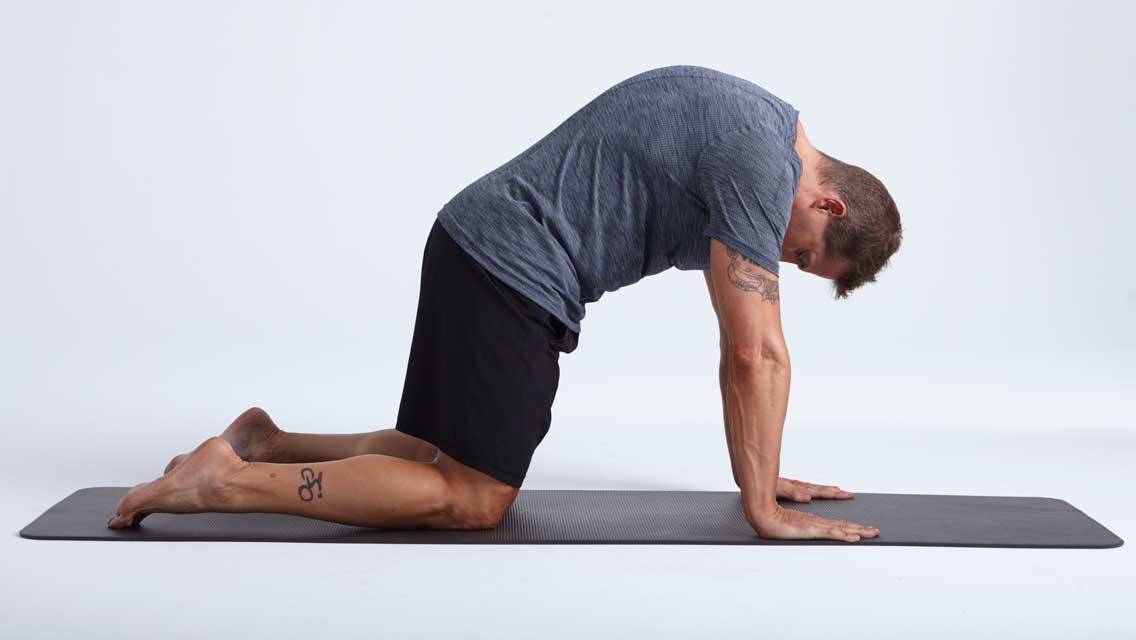Muscle soreness can last a few days after an intense workout, and that leads to the widespread notion that you should take two or three days off after heavy sessions. But Anna Taylor, a personal trainer at Life Time, says that it makes sense to do a lighter workout — what she terms a low-intensity session — about 24 hours later.
“Think of it in terms of active recovery, especially if you have some soreness from your previous workout,” she advises. “Working the same muscle groups more lightly the next day can actually reduce the soreness and aid your recovery.” The lighter workout stimulates blood flow to the muscles, which reduces delayed onset muscle soreness (often referred to as DOMS) — a mild strain that causes microscopic damage to the muscle fibers after they’ve been stressed beyond what they’re used to.
If you’re performing five sets of five back squats on your intense day, for example, you could do lighter leg work, like leg extensions, leg curls, or walking lunges, on your active-recovery day. “You could do three sets of 15 of these exercises,” she says.
The best way to reduce muscle soreness over the long haul is to increase the frequency of your training. “I like to debunk the idea that you should go all-out on day one, then on day two completely rest your body,” she says. “If you get to where you are training five days a week, you’re training your body to recover more quickly, too.” (For more recovery tips, visit “Recover Like a Pro.”)
This originally appeared as “How long should I let a muscle group recover before I work out again?” in the September 2019 print issue of Experience Life.




This Post Has 0 Comments